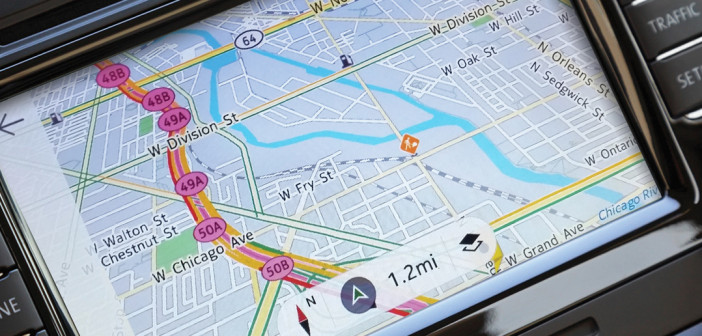Fuelled by mobility apps and rising GPS handset penetration
The increased reliance on mobile LBS continues to be fuelled by mobility apps which enable taxi-hailing, car-sharing, and car-pooling, in addition to the integration of multimodal routing in popular mobile map applications like Apple Maps, Google Maps and HERE WeGo, according to a new Strategy Analytics’ report.
In emerging markets the growth of mobile LBS is being boosted by a growing penetration of GPS on lower priced handset tiers. Furthermore, for the third year running, location platform HERE has come top in Strategy Analytics’ location platform benchmark study, and is placed well for future growth opportunities as the mobile location services market continues to evolve.
Rising adoption of smartphone-centric mobility apps, including Uber, Lyft, and Didi, among others, and the meteoric rise of the location-based augmented reality game, Pokémon Go, have provided a welcome boost to the mobile LBS sector during 2016.
Nitesh Patel, director, Strategy Analytics, noted: “Mobile location services are benefitting from the shift in demand for urban transport towards on-demand, mobile-centric services, where the smartphone plays an increasingly important role for both journey planning and the administration of these services. Ride-hailing and car-sharing will be further boosted by their integration into major mobile journey planning applications, such as Apple Maps, Google Maps and HERE WeGo, which are evolving into one-stop-shops for journey planning and support.”
The race to provide the most fresh, up to date and accurate maps in real time is being driven by a combination of the trend towards autonomous driving, and greater consumer dependence on smartphones for journey planning and execution in outdoor, and increasingly indoor environments.
David Kerr, senior vice president at Strategy Analytics, said: “For the third year in the row HERE has maintained its leadership in mapping and location capabilities, followed by Google, TomTom and then Apple. HERE’s ownership by car makers enables it to leverage its strength in the automotive industry across all digital platforms, including mobile.
“Google maintains its leadership in business to consumer (B2C) LBS applications, as it benefits from preloading on most Android handsets, and is the most widely used map, navigation and local search app. Both Apple and TomTom remain in catch-up mode with TomTom aiming to improve its support of multi-modal routing and navigation, including ramping its coverage of indoor venues in 2017.”





